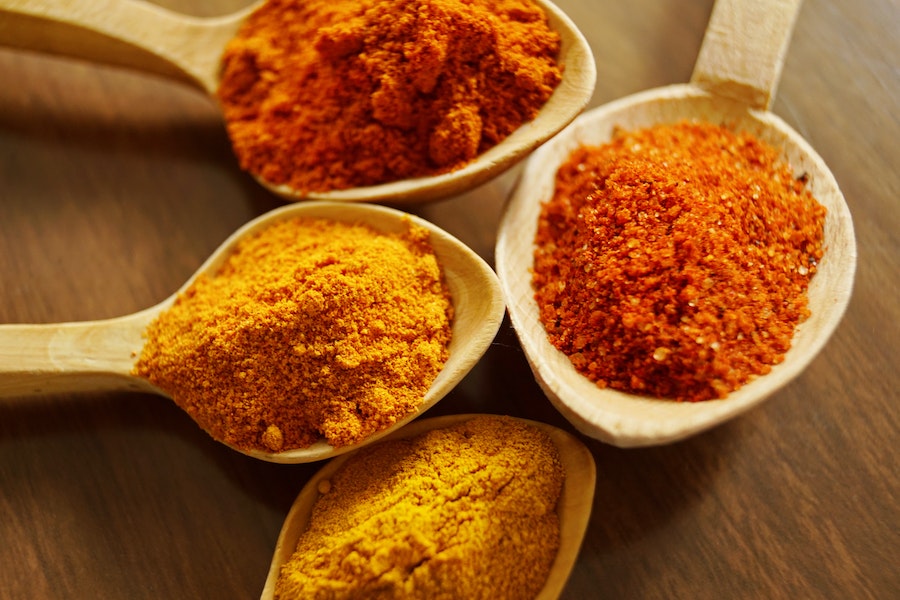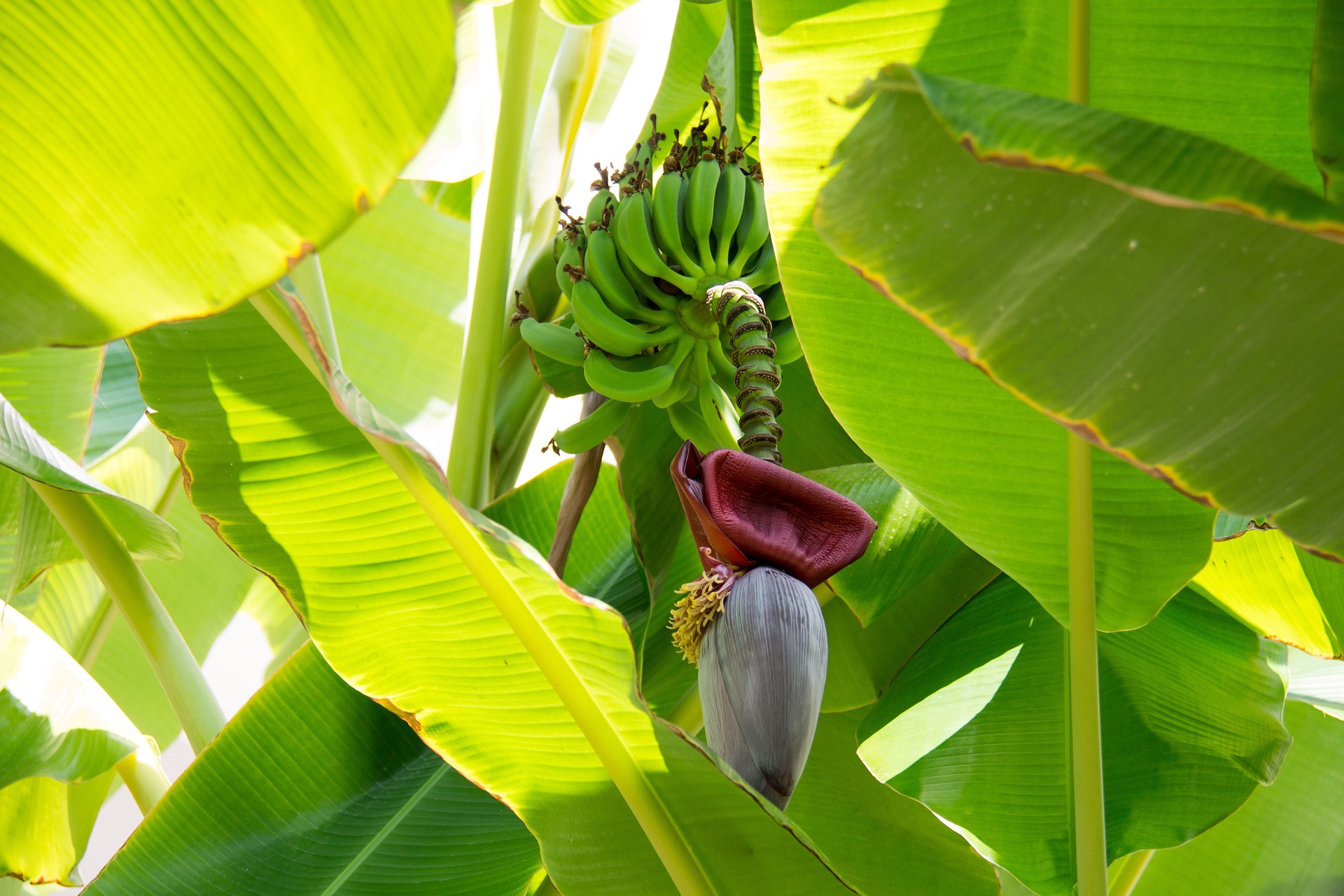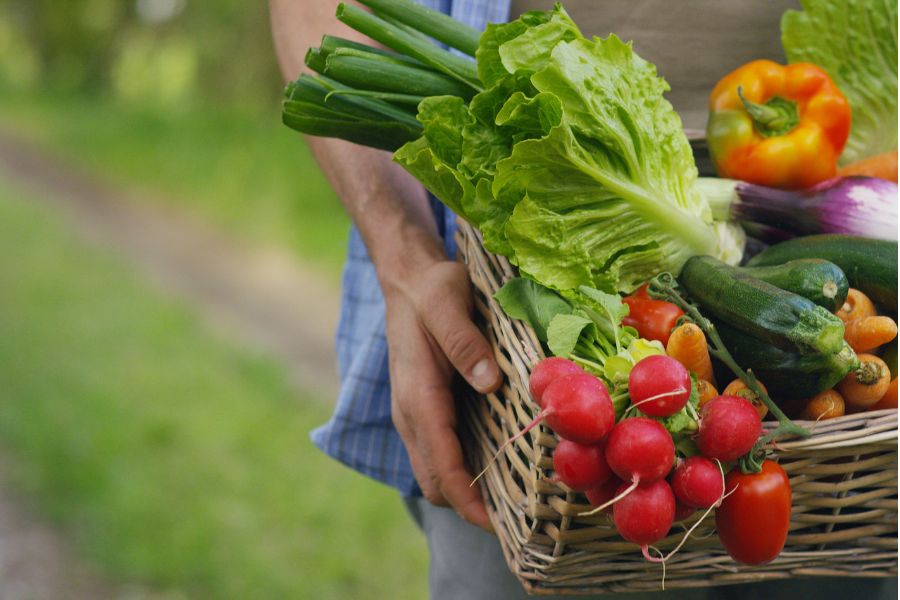Prices of Indian spices sizzle on supply-demand imbalances
An imbalance in demand and supply is driving the prices of spices in the domestic market to a record high. Changing weather patterns, low crop yield, increasing demand for spices, heat-wave, poor transportation (due to cyclone Biparjoy) and negative impact of erratic monsoon rains have been major causes of this trend.

Following the spike in prices of vegetables, now spice prices are on fire too. The domestic spices market is currently witnessing a mismatch in demand and supply due to a combination of factors. Shifting weather patterns, heat waves, low crop yield, increase in exports, a rise in demand for spices, poor transportation due to cyclone Biparjoy and the negative impact of the ongoing monsoon rains are some major reasons behind the current shortage of spices and the subsequent upsurge in prices thereof.
There has been an increase of about 40% in the wholesale prices of spices in the domestic market. Prices of spices like cumin (Jeera), cardamom (small and big), dry turmeric and cloves (laung), have jumped up. The graph below shows the steep increase in the wholesale prices of some major spices during April-July 2023.

Source: Agricultural Produce Market Committee (APMC, VASHI)
The price pressure in the domestic spice market has been escalating for the last few months. It is noteworthy that farmers in major spices growing belts have shifted to other crops such as cotton, mustard seed, groundnut and soyabean, largely due to the evolving consumer preferences and changing weather patterns particularly the excess/deficient rainfall during sowing season across the country.
Spices from the country are shipped to the US, the UK, Germany, France, Italy, Canada, Australia, UAE, Iran, Singapore, China, Bangladesh and many other countries. Pepper, cardamom, ginger, turmeric, coriander, cumin, celery, fennel, fenugreek, nutmeg, spice oils and oleoresins, and mint products are the major spices exported from India. In 2022-23, India exported US$ 3.95 billion worth of spices, declining by 2.85% YoY. However, exports bounced back in the first quarter of the year, increasing by 18.24% YoY to US$ 1.1 billion.
Crops like turmeric, dhania (coriander) and jeera (cumin) have long crop periods. These crops are cultivated during the Rabi season and mature by the end of December or early January next year. Mr. Deepak Pareek, Chief Growth Officer of Suumaya Agro points out, “Jeera is a once-in-a-year crop. The damage this year is almost to the tune of 30-40%. Sowing for several crops such as turmeric has seen a steep fall due to unseasonal rains and hailstorms. The coriander belt in Rajasthan has been wiped out due to Biparjoy. Dry chilli production is down due to deficient rainfall in Andhra Pradesh and Telangana.”
Mr. Pareek added that he expects a minimum 15% rise in the price of spices during the next 3 months. The demand for spices is expected to pick up and grow faster during the upcoming festival period and marriage season in the latter half of the year. The domestic spices market is already under immense pressure. With increasing shortage of spices and prices shooting up, these pantry staples have now become a treasured commodity.













Leave a comment